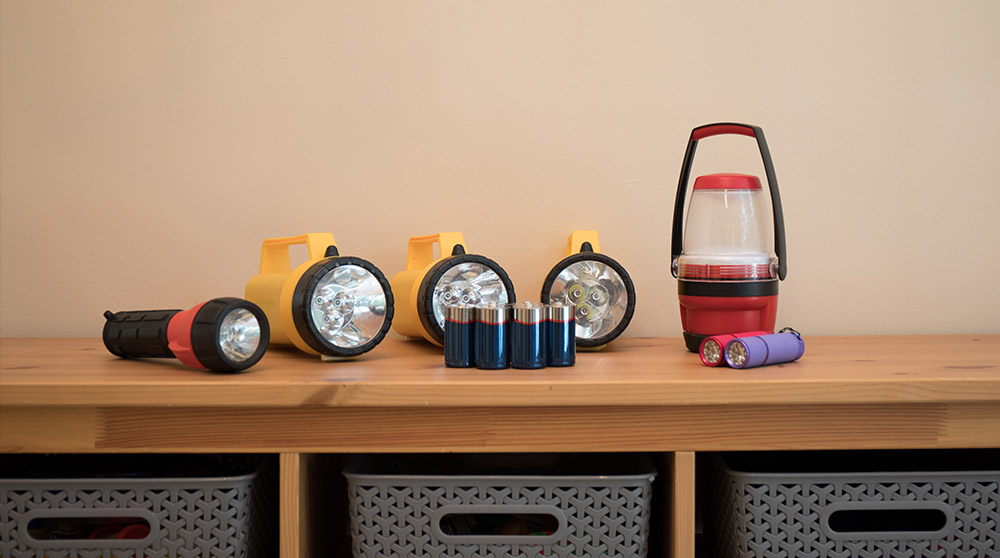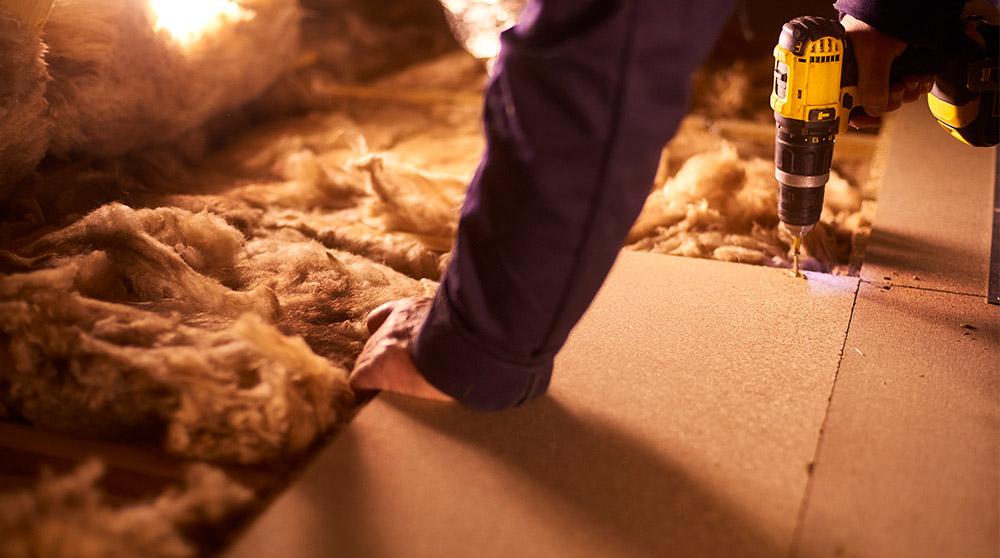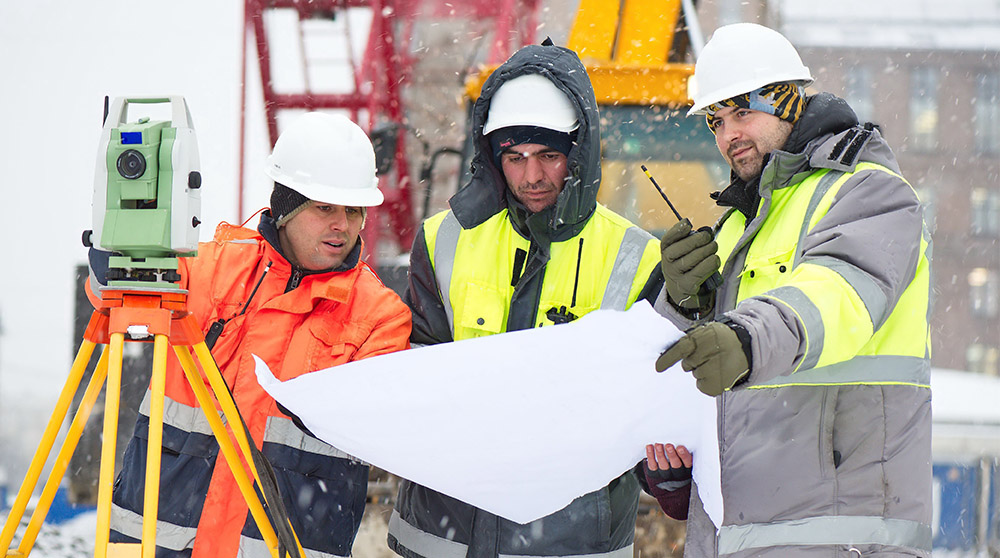6 power outage safety tips.

6 power outage safety tips.
On average, U.S. electricity customers experienced eight hours of power interruptions in 2020, the most since the U.S. Energy Information Administration began collecting data in 2013. And as storms continue to grow in frequency and severity, we want people to be as prepared as possible for power outages that can affect lighting, heating, cooling, cooking, refrigeration, communication, and essential equipment.
Are you prepared for a power outage?
Read on for six power outage safety tips:
Have a stash of supplies. To prepare for a power outage, it’s helpful to have spare batteries of all sizes and portable chargers, plus a flashlight for everyone in your home. To take it one step further, stock up on nonperishable food and bottled water. (Bonus read: 9 things to have handy when you lose power.)
Report the outage. Visit your utility provider’s website or mobile app, or give them a call to report the outage as soon as possible and check for restoration status updates. Turn on an interior and exterior light so you and restoration crews can see when power is up and running again.
Prevent carbon monoxide poisoning. Keep generators outside, at least 20 feet from windows, with the exhaust facing away from your home. And if you haven’t already, install a carbon monoxide detector with a battery backup on every level of your home. (Note: Feeling dizzy, weak, confused, or tired could be a sign of carbon monoxide poisoning. If you start to feel any of these symptoms, get some fresh air immediately and call 911.)
Keep the fridge and freezer closed. Food will stay cold for up to four hours in an unopened refrigerator and up to 48 hours in an unopened freezer. When power returns, follow the adage of “when in doubt, throw it out” – especially if your refrigerator/freezer has been warmer than 40°F.
Turn off appliances and electronics. To protect your equipment from power surges, turn them off or unplug them. Learn more in our video: 7 electronics to unplug during a storm.
Keep pipes from freezing. If the interior temperature drops to 55 degrees, open your faucets slightly, so there’s a slow, but steady drip. This way, water will be less likely to freeze, expand, and burst a pipe. (Bonus read: How to prevent frozen pipes.)
Continue your preparation by making sure you have comprehensive home insurance and ask about equipment breakdown coverage. Talk to an agent about Frankenmuth Insurance today.
Related Posts

When the cold air rolls in, do you know how to keep it out of your home or business throughout the winter? We’ve gathered heat maintenance tips you can implement starting today. From small adjustments like closing the drapes to long-term solutions like attic insulation, these ten heat maintenance tips will keep your family and […]

As the temperatures drop, companies can’t drop everything and wait for spring to continue working. People rely on your business. Deadlines must be met. So, to help companies and team members stay safe throughout even the most frigid temperatures and severe conditions, business owners need to plan for cold weather exposures. That planning should start […]
« More related posts







